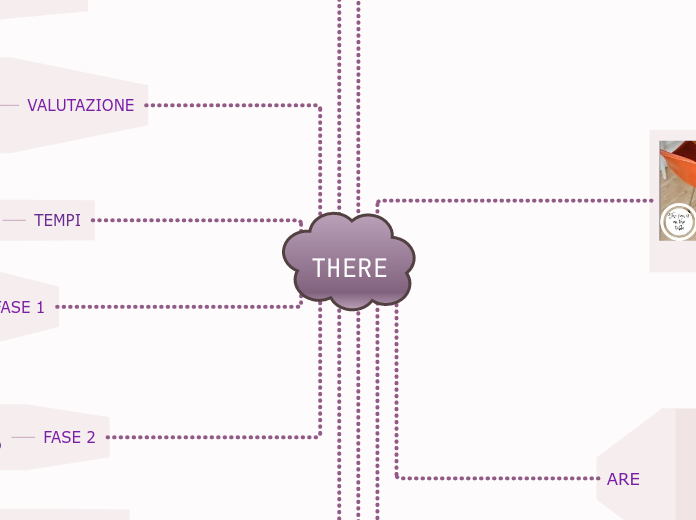da Francesca Audia mancano 3 anni
155
THERE
Il testo illustra un metodo didattico strutturato in diverse fasi per l'insegnamento e l'apprendimento in classe. Si concentra sull'uso di metodologie e strategie diverse, come il cooperative learning e l'

da Francesca Audia mancano 3 anni
155

Più simili a questo
Tenses demonstrate the time of actions centered around the subject of the sentence. These actions are called verbs and change according to tenses.
There are four Past tenses:
Past simple expresses:
Some adverbs used with Past Simple:
Structure:
Did + subject + Base Form of the Verb?
e.g. Where did you meet her?
Structure:
Subject + did not/didn’t + Base Form of the Verb
e.g. They didn’t like my food.
Structure:
Subject + Verb in Past Simple (2nd form)
e.g. They lived in Spain three years ago.
There are four Present tenses:
Present Simple is used for:
Some adverbs used with Present Simple:
Structure:
Do + Subject (I, You, We, They)+ V1 (First Form of Verb)?
Does + Subject (He, She, It)+V1 (First Form of Verb)?
e.g. Where does he work?
Structure:
Subject (I, You, We, They) + do not / don’t + V1 (First Form of Verb)
Subject (He, She, It) + does not / doesn’t + V1 (First Form of Verb)
e.g. He doesn’t work in a bank.
Structure:
Subject (I, You, We, They) + V1(First Form of Verb)
e.g. I usually go jogging at weekends.
Subject (He, She, It)+ V1(First Form of Verb) + s/es
e.g. She writes every day.